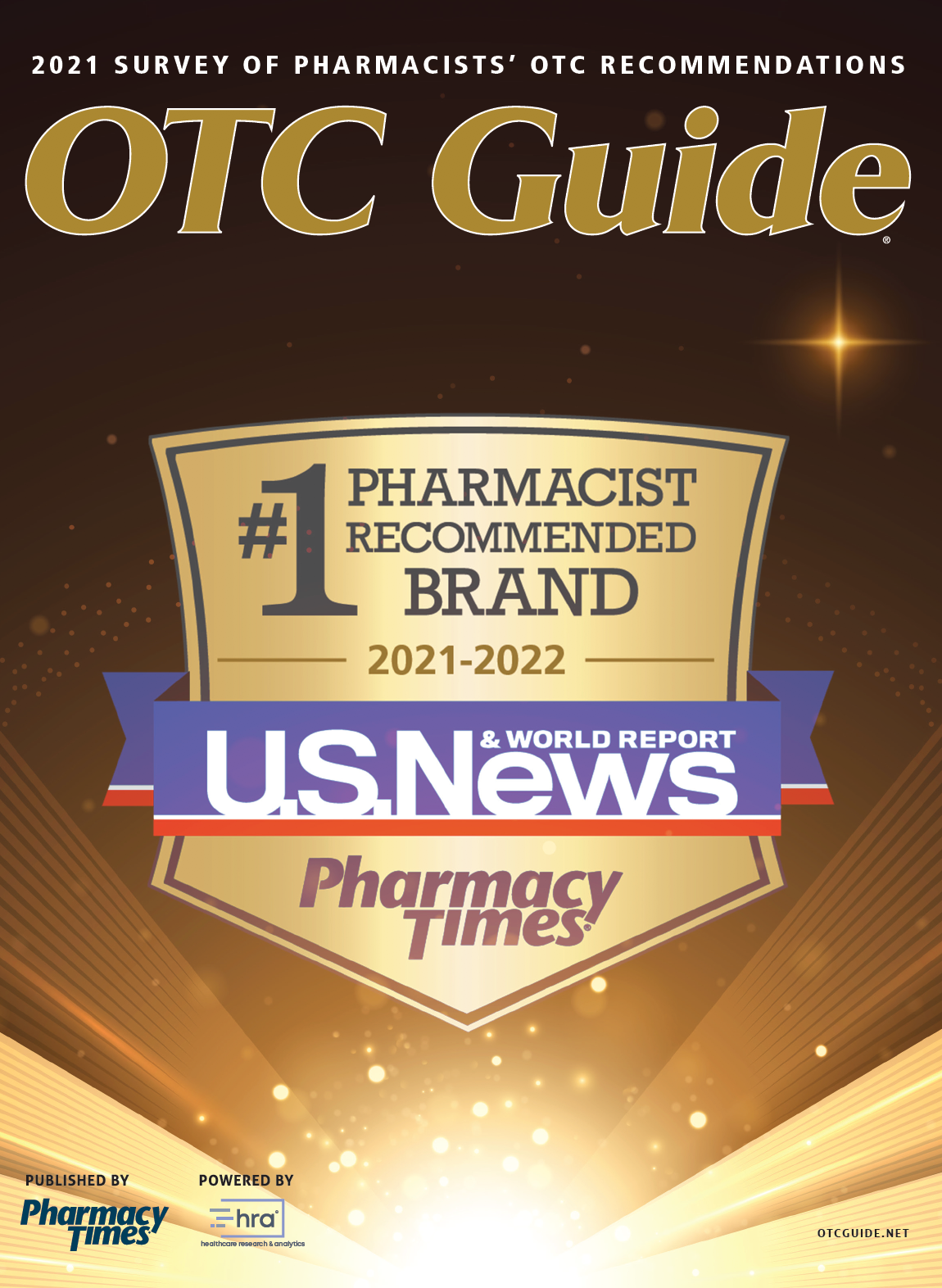Publication
Article
OTC Guide
Antihistamines Are Not Always Used Correctly During Spring Allergy Season
Author(s):
Prescribers should be aware of new, second-generation antihistamines to manage hay fever and outbreaks of hives, according to a recent study.
Antihistamines are commonly used to manage hives, sneezing, and watery eyes during allergy season, but many patients may be taking their medications incorrectly, according to Derek Chu, MD, PhD, an allergy expert and clinical scholar in medicine at McMaster University in Hamilton, Ontario.
"People need to rethink what they stock in their home cabinets as allergy medicines, what hospitals keep on formulary, and what policy makers recommend," he said in a statement.
"The message needs to get out. This publication is on time for the spring allergy season, and as COVID-19 vaccines roll out for which [reaction] rashes are common and antihistamines can be helpful," Chu continued.
Coauthor Gordon Sussman, MD, FRCPC, FACP, a professor of medicine at the University of Toronto, said in the statement that there are new second-generation antihistamines that prescribers should know.
The study, published in the Canadian Medical Association Journal, listed 5 things to know about proper antihistamine use.
Antihistamines are among the most commonly and incorrectly used medications worldwide, according to the statement.
Their best use is for managing hay fever and outbreaks of hives, not for asthma, coughs, eczema, or insomnia, according to the statement.
Notably, first-generation antihistamines are associated with substantial and sometimes fatal adverse effects (AEs). These antihistamines contain chlorpheniramine, diphenhydramine, or hydroxyzine, which can cause drowsiness and affect cognitive functions such as school performance. Overdosing with these antihistamines can cause death and are potentially dangerous for both older and young individuals.
Second-generation antihistamines are safer and as affordable and effective as first-generation antihistamines, according to the study authors.
Later-generation antihistamines have been shown to be more effective and last longer with fewer severe AEs, such as drowsiness, according to the study authors.
In their fourth point, the authors said that antihistamines should not be used instead of epinephrine to treat anaphylaxis; oral drugs can be used in combination with epinephrine injections to treat anaphylactic reactions, but they are not a proper substitute.
Finally, the authors said that most antihistamines are safe to use during breastfeeding and pregnancy and are safe for children.
"These are new modern second-generation antihistamines that are potent, specific, fast acting, and of proven safety, which everyone should be using to treat allergic rhinitis and hives," Sussman said.
REFERENCE
Are you using antihistamines properly? News release. April 6, 2021; McMaster University. Accessed April 8, 2021. https://www.eurekalert.org/pub_releases/2021-04/mu-ayu040121.php

Newsletter
Stay informed on drug updates, treatment guidelines, and pharmacy practice trends—subscribe to Pharmacy Times for weekly clinical insights.





